Sindone di Torino
( Shroud of Turin )
The Shroud of Turin (Italian: Sindone di Torino), also known as the Holy Shroud (Italian: Sacra Sindone), is a length of linen cloth that bears a faint image of the front and back of a man. It has been venerated for centuries, especially by members of the Catholic Church, as the actual burial shroud used to wrap the body of Jesus of Nazareth after his crucifixion, and upon which Jesus's bodily image is miraculously imprinted. The human image on the shroud can be discerned more clearly in a black and white photographic negative than in its natural sepia color, an effect discovered in 1898 by Secondo Pia, who produced the first photographs of the shroud. This negative image is associated with a popular Catholic devotion to the Holy Face of Jesus.
The documented history of the shroud dates back to 1354, when it was exhibited in the new collegiate church of Lirey, a village in north-central France....Read more
The Shroud of Turin (Italian: Sindone di Torino), also known as the Holy Shroud (Italian: Sacra Sindone), is a length of linen cloth that bears a faint image of the front and back of a man. It has been venerated for centuries, especially by members of the Catholic Church, as the actual burial shroud used to wrap the body of Jesus of Nazareth after his crucifixion, and upon which Jesus's bodily image is miraculously imprinted. The human image on the shroud can be discerned more clearly in a black and white photographic negative than in its natural sepia color, an effect discovered in 1898 by Secondo Pia, who produced the first photographs of the shroud. This negative image is associated with a popular Catholic devotion to the Holy Face of Jesus.
The documented history of the shroud dates back to 1354, when it was exhibited in the new collegiate church of Lirey, a village in north-central France.: 80–81 The shroud was denounced as a forgery by the bishop of Troyes in 1389.: 90–96 It was acquired by the House of Savoy in 1453 and later deposited in a chapel in Chambéry,: 141–142, 153–154 where it was damaged by fire in 1532.: 166 In 1578, the Savoys moved the shroud to their new capital in Turin, where it has remained ever since.: 191 Since 1683, it has been kept in the Chapel of the Holy Shroud, which was designed for that purpose by architect Guarino Guarini and which is connected to both the royal palace and the Turin Cathedral.: 233 Ownership of the shroud passed from the House of Savoy to the Catholic Church after the death of former king Umberto II in 1983.: 415
The microscopist Walter McCrone found, based on his examination of samples taken in 1978 from the surface of the shroud using adhesive tape, that the image on the shroud had been painted with a dilute solution of red ochre pigment in a gelatin medium. McCrone found that the apparent bloodstains were painted with vermilion pigment, also in a gelatin medium. McCrone's findings were disputed by other researchers and the nature of the image on the shroud continues to be debated.: 364–366
In 1988, radiocarbon dating by three different laboratories established that the shroud's linen material was produced between the years 1260 and 1390 (to a 95% confidence level),: 71–72 which corresponds with its first documented appearance in 1354. Defenders of the authenticity of the shroud have questioned those results, usually on the basis that the samples tested might have been contaminated or taken from a repair to the original fabric. Such fringe theories have been refuted by carbon-dating experts and others based on evidence from the shroud itself, including the medieval repair theory, the bio-contamination theories and the carbon monoxide theory. Though accepted as valid by experts, the carbon-dating of the shroud continues to generate significant public debate.: 424–445
The nature and history of the shroud have been the subjects of extensive and long-lasting controversies in both the scholarly literature and the popular press. Currently, the Catholic Church neither endorses nor rejects the authenticity of the shroud as a relic of Jesus.
There are no definite historical records concerning the particular shroud currently at Turin Cathedral prior to the 14th century. A burial cloth, which some historians maintain was the Shroud, was owned by the Byzantine emperors but disappeared during the Sack of Constantinople in 1204.[1][2][3] Although there are numerous reports of Jesus's burial shroud, or an image of his head, of unknown origin, being venerated in various locations before the 14th century, there is no historical evidence that these refer to the shroud currently in Turin.[4]
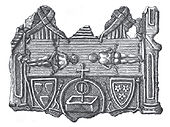 The pilgrim medallion of Lirey (before 1453)
The pilgrim medallion of Lirey (before 1453)Historical records seem to indicate that a shroud bearing the image of a crucified man appeared in the village of Lirey, in north-central France, around the years 1353 to 1357.[5] It was owned by a French knight, Geoffroi de Charny, who died at the Battle of Poitiers in 1356.[6] In 1390, the Bishop of Troyes, Pierre d'Arcis, who had jurisdiction over the church in Lirey, wrote a lengthy memorandum to Antipope Clement VII (recognized as Pope by the Church in France during the Western Schism), declaring that the shroud was a forgery and that a previous Bishop of Troyes, Henri de Poitiers, had identified the artist who had made it.[3][7]
The history of the shroud from the 15th century is well recorded. In 1453, Margaret de Charny deeded the Shroud to the House of Savoy. In 1532, the shroud suffered damage from a fire in a chapel of Chambéry, capital of Savoy, where it was stored. A drop of molten silver from the reliquary produced a symmetrically placed mark through the layers of the folded cloth. Poor Clare Nuns attempted to repair this damage with patches. In 1578, Emmanuel Philibert, Duke of Savoy ordered the cloth to be brought from Chambéry to Turin and it has remained at Turin ever since.[8]
Since the 17th century, the shroud has been displayed in the chapel built for that purpose by Guarino Guarini.[9] Repairs were made to the shroud in 1694 by Sebastian Valfrè to improve the repairs of the Poor Clare nuns.[10] Further repairs were made in 1868 by Princess Maria Clotilde of Savoy. The shroud remained the property of the House of Savoy until 1983, when it was bequeathed to the Holy See according to the terms of the will of former king Umberto II of Italy.[11]
The shroud was first photographed in 1898, during a public exhibition.
A fire, possibly caused by arson, threatened the shroud on 11 April 1997.[12] In 2002, the Holy See had the shroud restored. The cloth backing and thirty patches were removed, making it possible to photograph and scan the reverse side of the cloth, which had been hidden from view. A faint part-image of the body was found on the back of the shroud in 2004.
The Shroud was placed back on public display (the 18th time in its history) in Turin from 10 April to 23 May 2010; and according to Church officials, more than 2 million visitors came to see it.[13]
On Holy Saturday (30 March) 2013, images of the shroud were streamed on various websites as well as on television for the first time in 40 years.[14][15] Roberto Gottardo of the diocese of Turin stated that for the first time they had released high definition images of the shroud that can be used on tablet computers and can be magnified to show details not visible to the naked eye.[14] As this rare exposition took place, Pope Francis issued a carefully worded statement which urged the faithful to contemplate the shroud with awe but, like most of his predecessors, he "stopped firmly short of asserting its authenticity".[16][17]
The shroud was again placed on display in the cathedral in Turin from 19 April 2015 until 24 June 2015. There was no charge to view it, but an appointment was required.[18]







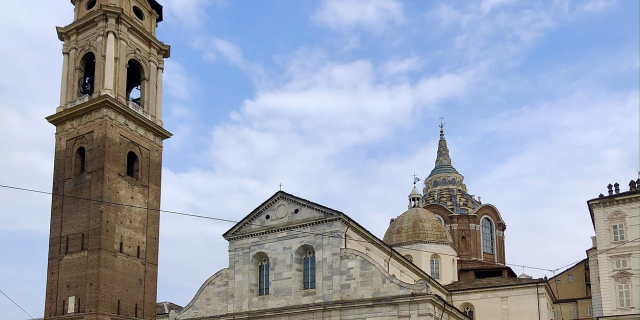

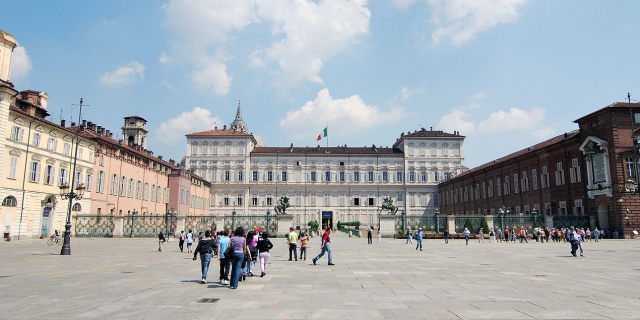





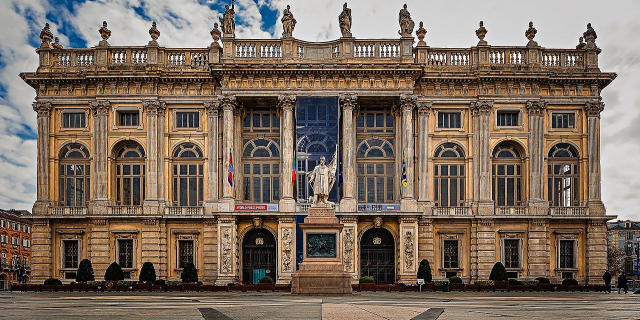




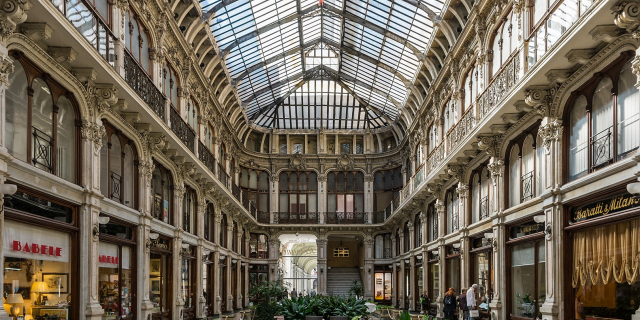

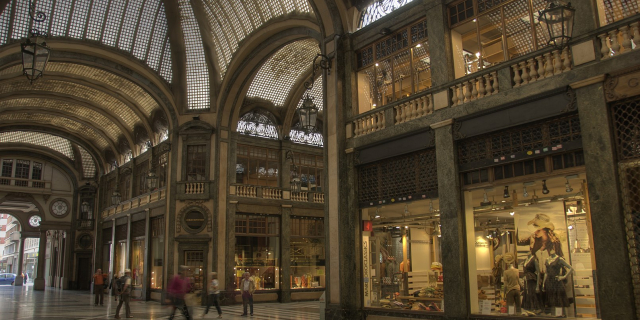
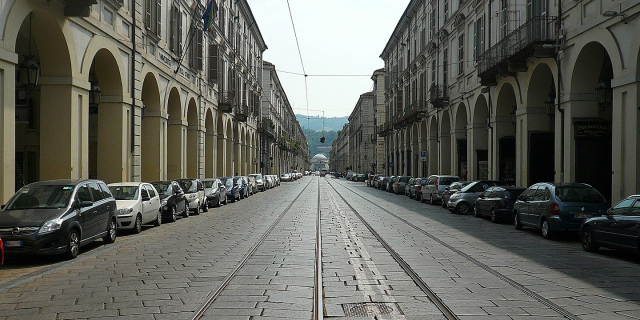

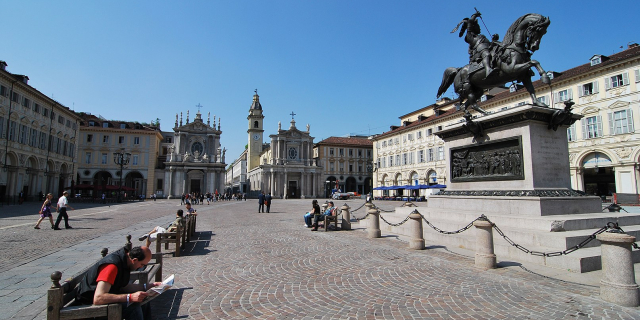





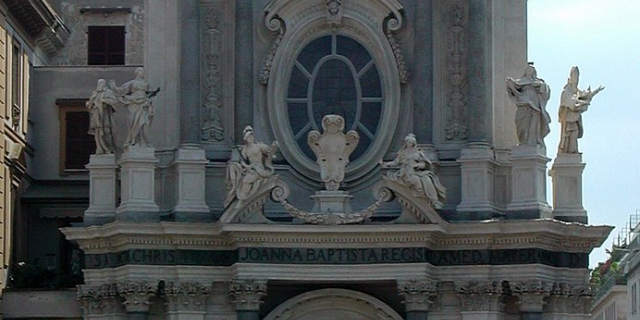
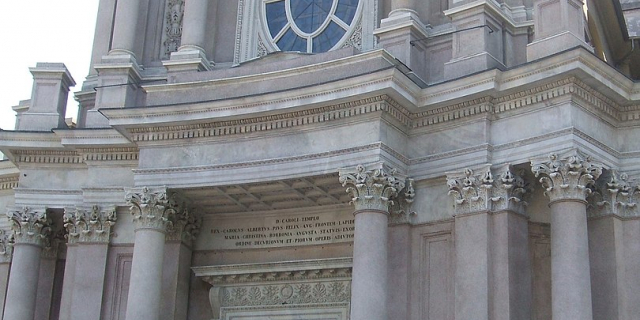
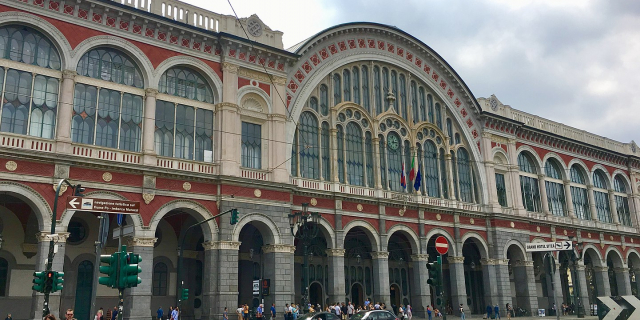

Add new comment